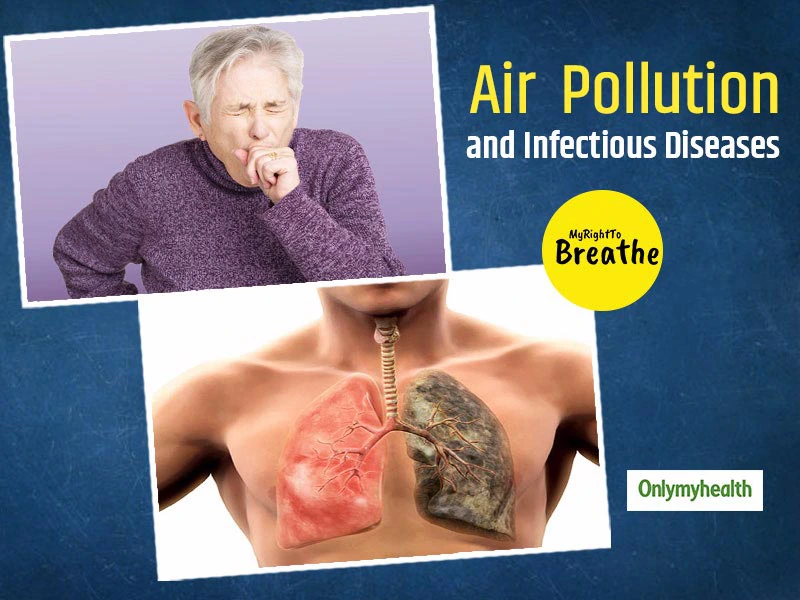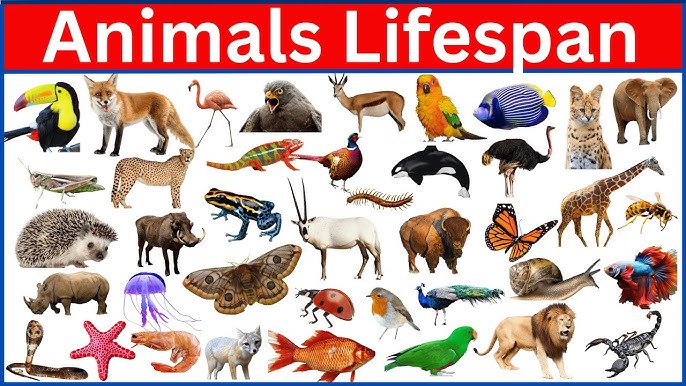Introduction
Air pollution is a pressing global issue that affects both human health and the environment. It is caused by the release of harmful substances into the atmosphere, primarily as a result of human activities such as industrial processes, transportation, and the burning of fossil fuels. This article explores the various impacts of air pollution on human health and the environment, shedding light on the importance of addressing this issue to protect our well-being and the planet.
I. Human Health Impacts
Respiratory Problems
Air pollution has a significant impact on the respiratory system. The inhalation of polluted air can lead to respiratory problems such as asthma, bronchitis, and other chronic obstructive pulmonary diseases (COPD). Fine particulate matter (PM2.5) and nitrogen dioxide (NO2) are particularly harmful to the respiratory system, causing inflammation and damaging lung tissues.
Cardiovascular Issues
Studies have shown a strong correlation between air pollution and cardiovascular diseases. Exposure to air pollutants, especially particulate matter and ozone, increases the risk of heart attacks, strokes, and other cardiovascular problems. These pollutants can enter the bloodstream and cause inflammation, leading to the development of atherosclerosis and other cardiovascular complications.
Reduced Lung
Function Long-term exposure to air pollution can result in reduced lung function, especially in children and the elderly. Pollutants like sulfur dioxide (SO2) and ozone can cause lung inflammation and scarring, impairing the lungs’ ability to function properly. This reduced lung function can lead to a range of respiratory symptoms and decrease the overall quality of life.
Increased Risk of Cancer
Certain air pollutants, such as benzene and formaldehyde, are known carcinogens and have been linked to the development of various types of cancer. Prolonged exposure to these pollutants increases the risk of lung, bladder, and other types of cancer. The World Health Organization has classified outdoor air pollution as a Group 1 carcinogen, highlighting its severe health implications.
II. Environmental Impacts
Climate Change
Air pollution contributes to climate change by releasing greenhouse gases into the atmosphere. Carbon dioxide (CO2) emissions from the burning of fossil fuels and deforestation activities trap heat in the atmosphere, leading to global warming. This phenomenon results in rising temperatures, altered weather patterns, and the melting of polar ice caps, threatening ecosystems and biodiversity.
Acid Rain
Emissions of sulfur dioxide and nitrogen oxides react with water vapor and other chemicals in the atmosphere, leading to the formation of acid rain. Acid rain can have detrimental effects on forests, lakes, and aquatic ecosystems. It damages plant life, reduces soil fertility, and increases the acidity of water bodies, harming aquatic organisms and disrupting the entire food chain.
Ozone Depletion
Certain air pollutants, such as chlorofluorocarbons (CFCs), contribute to the depletion of the ozone layer. The ozone layer acts as a protective shield, filtering out harmful ultraviolet (UV) rays from the sun. The thinning of the ozone layer increases the risk of skin cancer, cataracts, and other health problems. It also affects the growth of phytoplankton, which form the basis of the marine food web.
Impaired Ecosystems
Air pollution can have cascading effects on ecosystems. Pollutants released into the air can be deposited onto land and water bodies, contaminating soil, rivers, and oceans. This pollution disrupts the delicate balance of ecosystems, harming plants, animals, and microorganisms. It can lead to biodiversity loss, reduced crop yields, and the destruction of habitats, ultimately affecting the overall stability and functioning of ecosystems.
![]()





